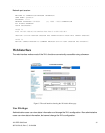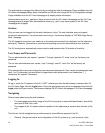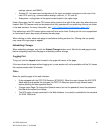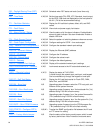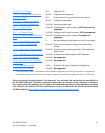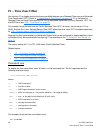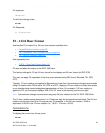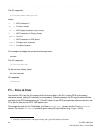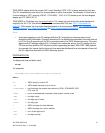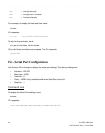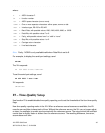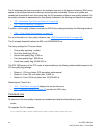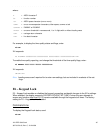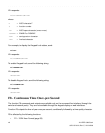
XLi IEEE 1588 Clock 39
997-01510-03, Rev. C, 12/12/2006
2
5
1
SSSSSSSSSSSS SSSSSSSSSS SSSSSSS S SSS S SSSSS S
XLi responds:
OK<CR><LF>
To verify the change, enter:
F1<CR>
XLi Responds:
F1 –8:00<CR><LF>
F2 – 12/24 Hour Format
Use function F2 to make 12 or 24-hour time notation available from:
• Keypad/Display Interface
(page 25)
• F8 - Continuous Time Once-per-Second (page 46)
• F9 - Time On Request (page 49)
And separately from:
• CODE – Time Code Output
(page 13)
F2 does not affect the output of the IEEE 1588 card.
The factory settings for F2 are 24-hour format for the display and 24-hour format for IRIG (F90)
The user can apply F2 regardless of the time scale selected using F69 (Local, Standard, TAI, GPS,
UTC).
Typically, 12 hour notation only applied to Standard and Local time. Symmetricom strongly recommends
using 24 notation when F69 is set to TAI, GPS, and UTC. Applying 12 hour notation to those time scales
is non-standard and causes ambiguous representation of time. For example, if 12 hour notation is
applied to TAI, the front panel displays “249:10:21:34” once in the morning, and once at night.
Note: Symmetricom strongly recommends using only 24 hour notation for the XLi IEEE 1588 Clock.
The 12-hour notation counts hours from 1 to 12 twice per day, like a conventional wall clock. The 24-hour
notation counts hours from 0 to 23 once per day. For example, in the 24 hour notation, 18:00 is
equivalent to 06:00 in the 12-hour notation (i.e., 18:00 – 12 hours = 06:00).
Command Line
To display the current hour format, send:
F2<CR>



